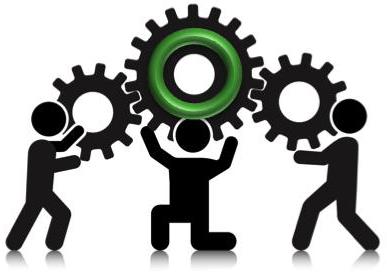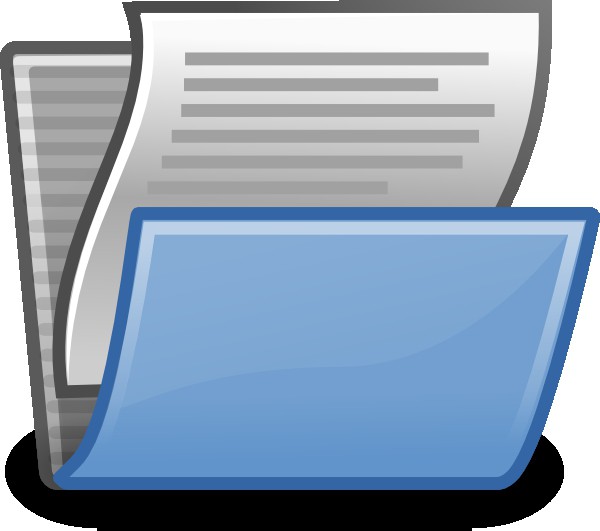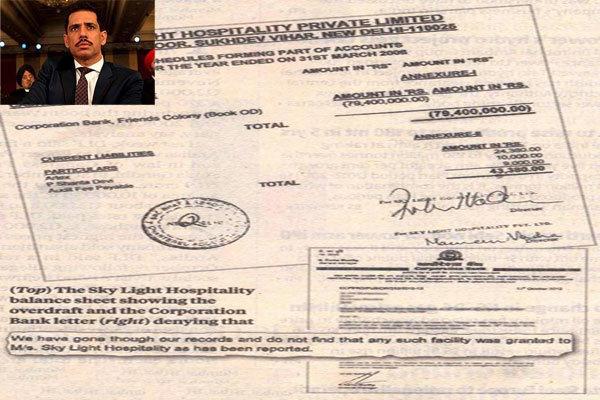The book value of assets is the balance line 1600. The balance sheet
The firm's assets, or rather, their combinedcost, are the necessary resources to ensure the production of new products, the ability to expand sales markets and upgrade existing capacities, search for new partners and customers, that is, the financial and economic side of the company's life.

Fixed assets
All property of the organization is divided into non-current and current assets. The first include not participating in the production process, but providing a product or service. It:
• fixed assets - Workshops, buildings, structures, that is, premises adapted for production, as well as equipment, machines, installations and machinery that provide the process itself;
• intangible assets, that is, property that does not have a tangible material form, but which can visibly raise the image of the company and create a successful reputation for it (they include current computer programs, licenses, brands, trademarks, and much more).

All listed assets are united in the 1st sectionbalance, and their value is indicated in line 1100. Note that the OS and NMA in the balance sheet are always taken into account at the residual value (that is, the original, reduced by the amount of depreciation). Depreciation charges are reflected in the company's accounting records, and it is impossible to see this amount in the balance sheet.
Current assets
This category of company's property is directly involved in the production process and is:
• stocks, materials and raw materials, from which produce goods for sale;
• cash (on accounts and in cash) and their equivalents;
• accounts receivable, i.e. debts of buyers and customers for goods exported but not yet paid, or company payments as a prepayment for the purchase of goods or services.

The above property groups form the second section of the balance sheet, occupying line 1200 - "Current assets".
Asset accounting
The total value of the property of these sectionsform the asset of the balance - its left side, and indicate the presence of property in the company. It is necessary to take into account its cost, since this absolute index participates in the majority of analytical calculations. The company's assets are accumulated in the balance sheet, divided by purpose:
▪ in the first section (page 1100) - non-current assets;
▪ in the second (page 1200) - negotiable.

When these lines are combined, the book value of assets is created. This is the balance line 1600, and it is calculated using the following formula:
Стр. 1600 = p.1100 + p. 1200
How to fill the balance
Accountant, distributing the amounts corresponding tobalances of funds in the accounts of the OS, NMA, stocks, finances and debts of debtors, fills the right side, ie, the active side of the balance sheet. 1600 line of balance shows the total value of all property available in the firm for a certain reporting date.
Note that the right side of the balance sheetthe sources of these assets are funds, reserves, profits, loans and borrowed funds. The total balance values of the right and left sides are always the same, since the amount of assets can not differ from their own sources.
Where is the indicator used
Due to the versatility of the balance sheetSummarized values of all types of property can be calculated very simply by adding line values. This is the book value of assets. Where to see this value, it is already known: p. 1600 indicates the availability of property on a certain date.
Economists rely on this indicator to determine different coefficients, for example, by calculating the profitability of production or the turnover of assets.

The compulsory calculation of the value of property byThe balance sheet is legally established to secure major transactions for the sale of assets. To establish the size of the transaction, the book value of assets (this is line of balance 1600) is compared with the value of the property sold under the contract. Excess of the amount of property sold at a rate of 25% of the total value of assets on the balance sheet gives the transaction a major status, which means that such contracts must be approved by the shareholders' meeting. In addition, users of financial statements, such as insurers, investors or founders, have the right to request any information, and its provision is the responsibility of the company. It is for this purpose that a special document is drawn up - a certificate of the book value of assets, which is filled on the basis of this calculation formula.
Calculation example
In the balance sheet, the values of the indicators are indicated at the beginning of the reporting period and its end. On the basis of the presented balance sheet, we will determine the value of assets (in thousand rubles) and analyze their dynamics for the year.
| Index | line | as of 31.12.2014 | as of 31.12.2015 | change absolute | growth rate in% |
| Fixed assets: | |||||
| NMA | 1110 | 54 | 42 | -42 | -22,2 |
| OS | 1150 | 568000 | 653000 | +85000 | +15.0 |
| Total 1 slept | 1100 | 568054 | 653042 | +84988 | +15.0 |
| Current assets | |||||
| productive reserves | 1210 | 3955 | 5452 | +1497 | +37,9 |
| receivables | 1230 | 325 | 451 | +126 | +38.7 |
| cash | 1250 | 1851 | 2985 | +1134 | +61.0 |
| Total 2 section | 6131 | 8888 | +2757 | +45.0 | |
| BALANCE | 574185 | 661930 | +87745 | + 15.3 |
From the formula already established in the balance sheet, it follows:
• totals for line 1100,uniting positions that demonstrate the availability of fixed assets (page 1150) and intangible assets (page 1110), at the beginning of the reporting year amounted to 568 054 rubles. (54 + 568 000), and at the end of the year - 653 042 rubles. (42 + 653,000);
• values for line 1200 were at the beginning of the year 6,131 rubles. (3,955 + 325 + 1,851), at the end of the period - 8,888 rubles. (5 452 + 451 + 2 985);
• the results of sections 1 and 2 are combined intothe result of the asset balance, i.e. on 31.12. 2015 book value of assets (this is the line of balance 1600) was 661 930 rubles. (653,042 + 8,888), and at the end of 2014 it was 574,185 rubles, that is, 658,054 + 6,131.
Analytical Findings
When comparing the absolute values obtainedthe economist is given the opportunity to analyze the state of assets, see trends in the increase or decrease in the general availability of property, and in its categories give an assessment of the actual situation with the assets of the company on a certain date.

Thus, according to the presented balance sheet, the economist calculates changes in the values of each line, comparing the indicators at the beginning and the end of the year. In the example, the cost:
• NMA fell by 12 thousand rubles;
• The OS increased by 85,000 rubles;
• production reserves increased by 1497 rubles;
• receivables increased by 126 thousand rubles;
• Cash flow increased by 1134 rubles.
According to these data, one can judge very confidentgrowth in the value of the company's assets for 2015: the increase in the OS indicates the acquisition of a fixed asset, the decrease in the NMA was the result of the write-off of the accrued depreciation, since in the 1st section the book value of assets is the residual value.
For all groups of working capital alsothere is an increase in line values, which indicates the expansion of production and a noticeable increase in sales activities, and the availability of inventories increased by 37.9%, and money - by 61%. This means that sales growth outpaces the growth of the plant. Consequently, the company conducts a competent policy to search for sales markets and increase sales of products.
Analysis of accounts receivable on the balance sheet
Separate analysis of the state of accounts receivabledebt. The absolute value of this indicator increased 126 thousand rubles, the growth rate by the beginning of the year was 38.7%. However, one can not confidently talk about the undoubted growth of this indicator. Considering the growth in inventories at almost the same rate (37.9%), and the increase in the monetary component by 61%, one can judge the stability of this value and the absence of an increase in debts, since in the total value of assets the share of debt of debtors remained at the level of the beginning of the year - 06%:
325/574 185 * 100% = 0,056% at the beginning of the year,
451/661 930 * 100% = 0.068% at the end of the year.

Such a calculation is necessary, since the receivabledebt, being an asset, still diverts funds from the production turnover and requires mandatory control over the dynamics of changes, i.e., timely collection of debts. In our example, the absence of its increase against the background of a general increase in assets is a very positive sign of the organization's financial health. The total book value of assets (this is a line of balance 1600) grew by 87,745 rubles, or 15.3%, over the year.
Finally
For a more detailed analysis of indicatorsThe economist uses a variety of calculated coefficients. We, in this article, tried to tell not only how to fill the balance sheet and calculate the amount of assets for it, but also tried to see the analytical picture behind the dry figures of the line values of this accounting form.
</ p>>


